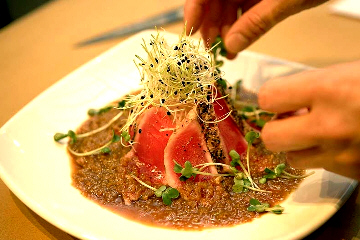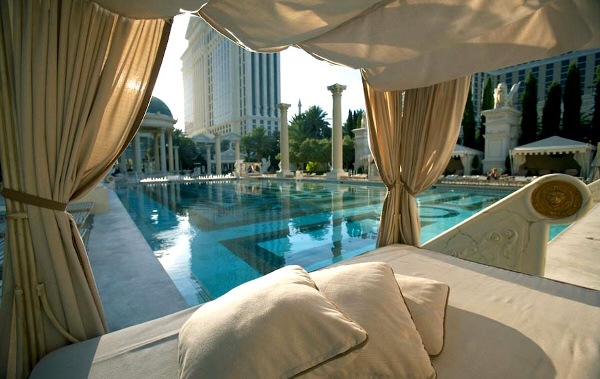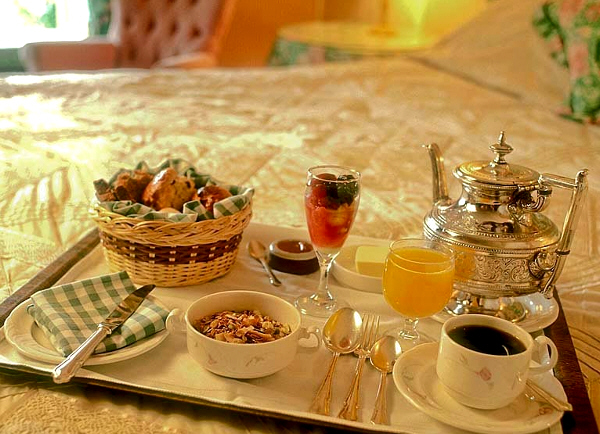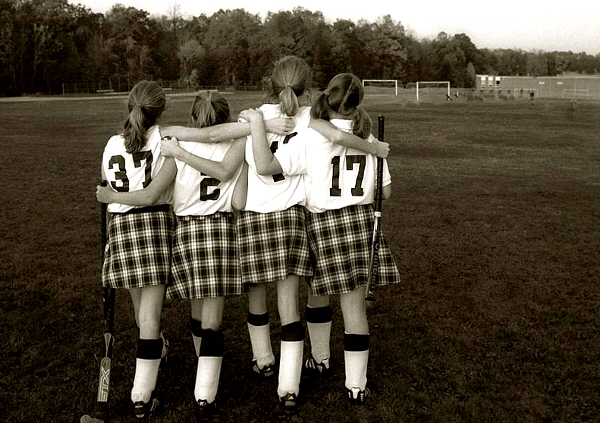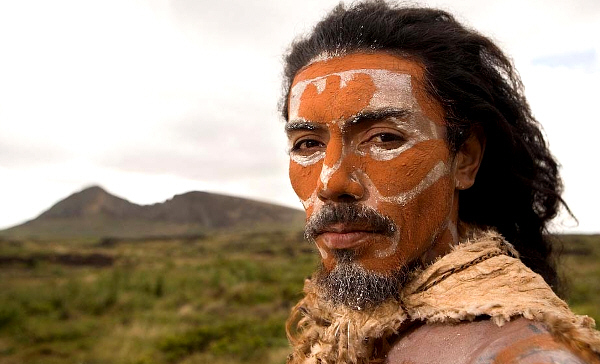
All photos courtesy of Gail Mooney-Kelly
FOR OVER 30 YEARS, Gail Mooney-Kelly has been shooting photos for National Geographic, Travel + Leisure, Time/Life, Smithsonian, as well as the Mexico and Hong Kong tourism boards. She’s currently gearing up for a round-the-world trip which will become a full-length documentary.
Matador Editor and travel photographer Lola Akinmade caught up with Gail before her trip to talk about the industry and making it as a professional photographer.
